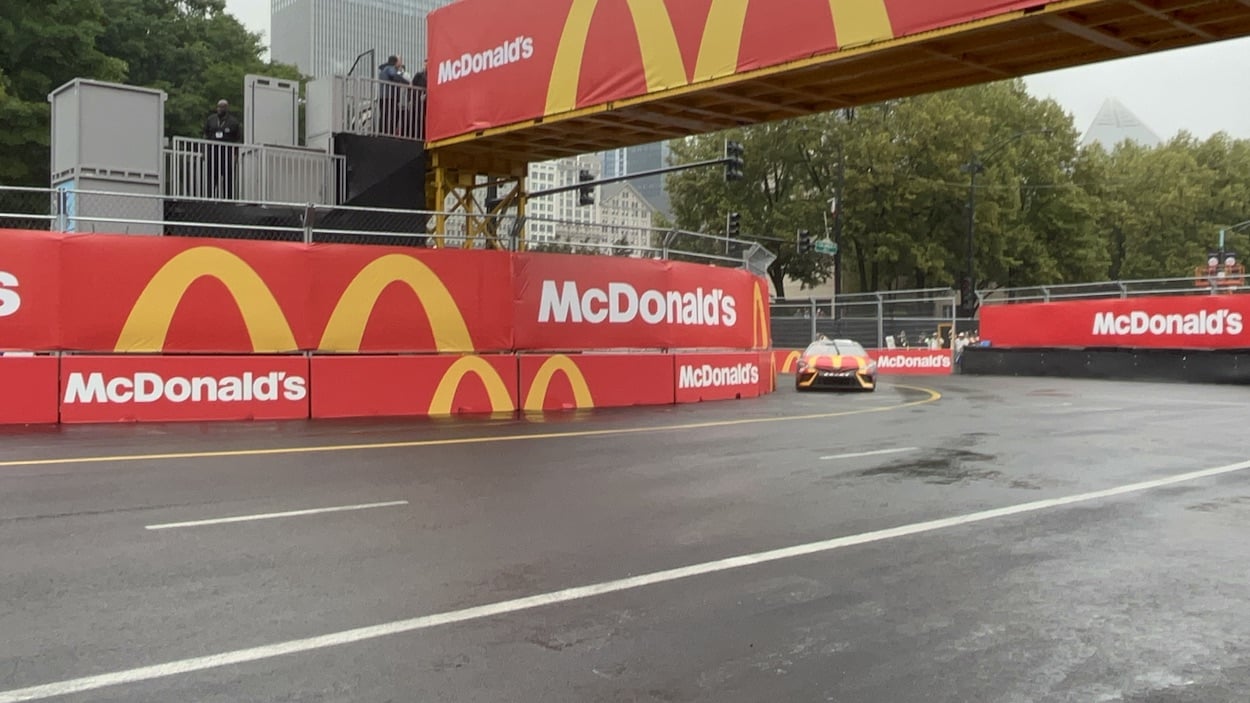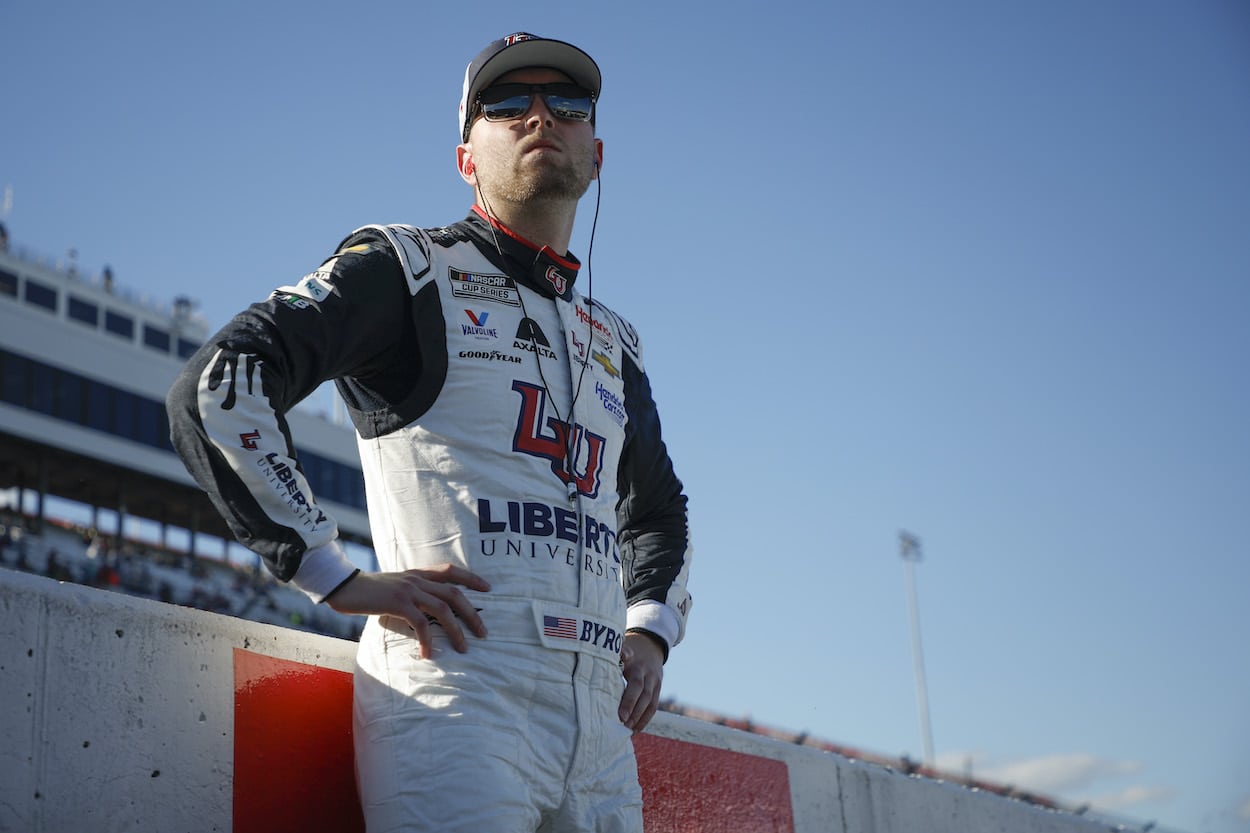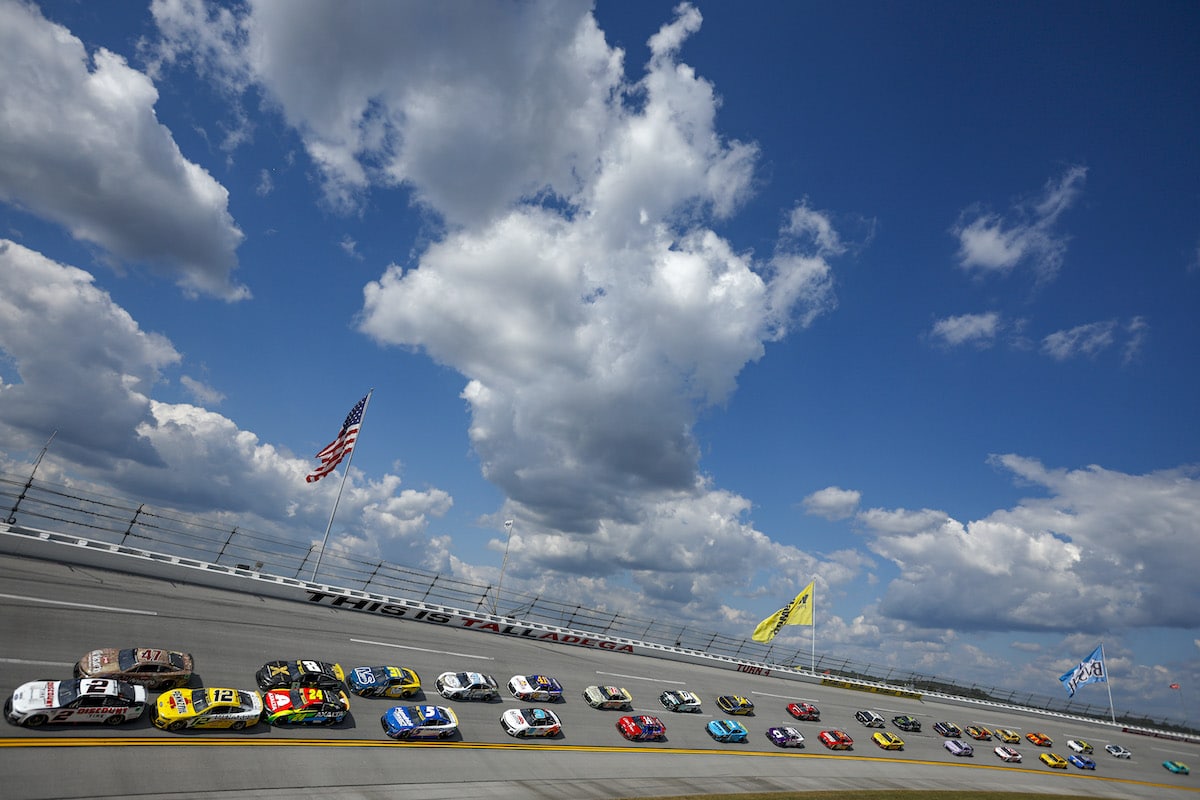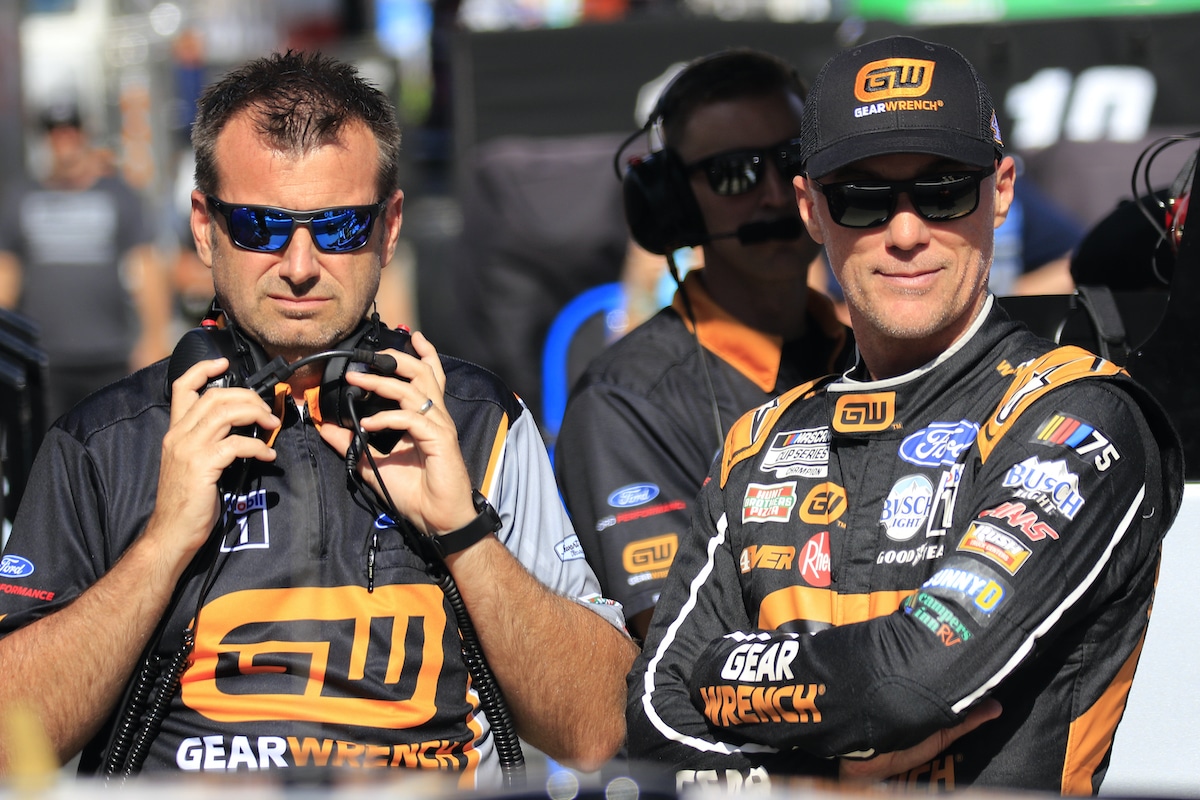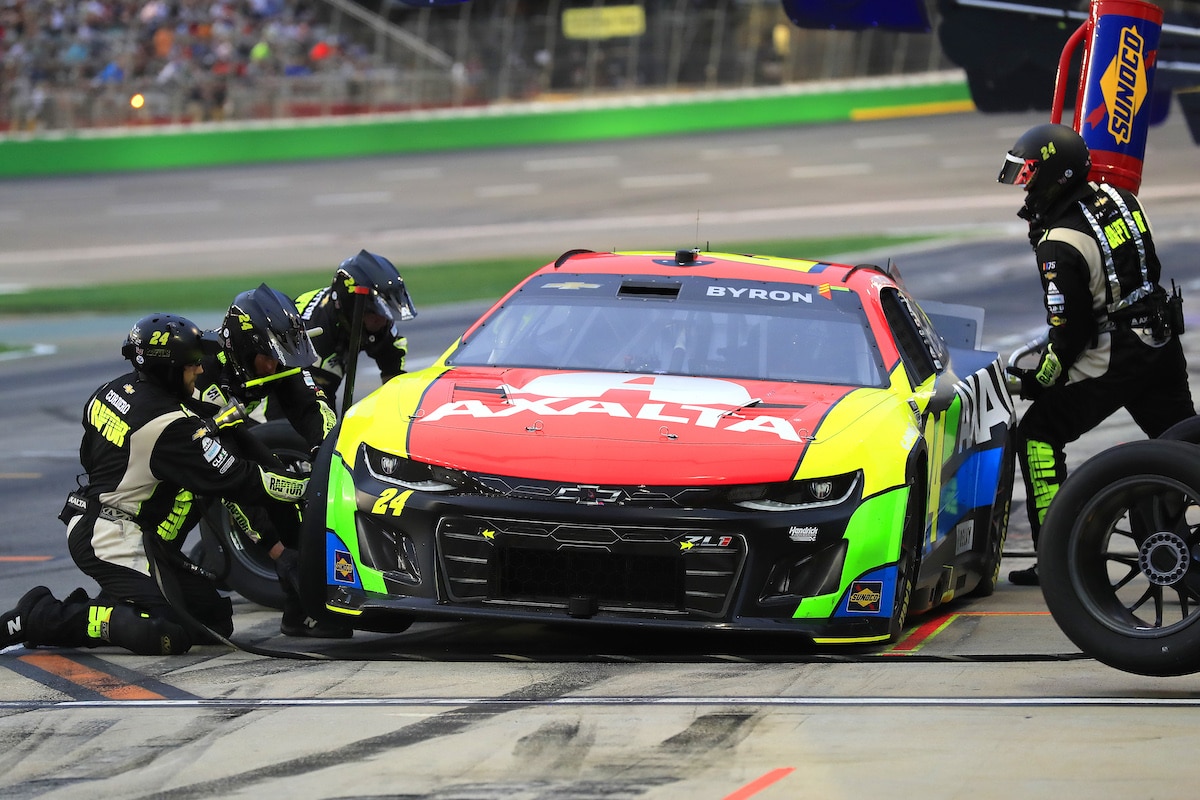
NASCAR’s Decision To End Atlanta Race Was More Fair Than Chicago Call
Back-to-back NASCAR Cup Series races ended prematurely for the first time in 20 years, but at least the second of those decisions to shorten a race did not ruin several contenders’ pit strategies.
NASCAR ventured to downtown Chicago on July 2 for the first street-course race in Cup Series history and found a downpour for the ages. Several inches of water fell throughout the day, forcing officials to delay the race by approximately an hour.
NASCAR hurt several team’s strategies at Chicago when it shortened the race midway through the event
That delay and myriad cautions throughout the first half of the event forced officials to chop off the final 25 laps of the race due to impending darkness. Since the course was not a purpose-built racetrack, the street lights were insufficient for drivers to navigate the course after sunset.
The problem was not the decision that NASCAR officials made but when they made it.
The sanctioning body alerted teams to the shortened race distance as the race approached the halfway mark of the originally scheduled distance of 100 laps. Several drivers such as Justin Haley and Chase Elliott had already made pit stops before the announcement, but leaders such as Christopher Bell, Tyler Reddick, and Shane Van Gisbergen had not.
Suddenly, the drivers who had already pitted had enough fuel to reach the end of the now-shortened race. Bell, Reddick, and Van Gisbergen had been up front for much of the event and would have eventually cycled back to the front of the field once the other group had to make another stop to reach the 100-lap distance. Instead, they were mired in the middle of the pack on a restart with 23 laps remaining.
Van Gisbergen was able to work his way back to the front and win the race in his first career NASCAR start, but Bell, Reddick, and others encountered troubles as they tried to navigate through traffic on the narrow course. Bell had led all but 10 of the first 47 laps but finished 18th. Reddick paced the first eight laps of the race but finished 28th.
NASCAR could have timed its announcement better to at least allow all teams a chance to be on the same pit cycle.
The following Cup Series race at Atlanta Motor Speedway had a similar issue: a massive rainstorm approached the 1.54-mile oval early in the final stage. Brad Keselowski had won Stage 2 as the storm encroached on the race track, but the rain had not yet started to fall, and he did not have enough fuel in his No. 6 car to try to stay out and win a shortened race.
The race went an additional 25 laps after the end of Stage 2 before the rain hit. A wreck six laps earlier brought out the caution that eventually ended the race, but the rain had already started to fall before NASCAR officials could have safely restarted the race.
Keselowski was relegated to sixth place after his charge back through the field in the 18 green flag laps of Stage 3, and William Byron was the big beneficiary as he notched his fourth win of the season.
NASCAR had no choice but to end the Atlanta race once rain started to fall
Unlike the Chicago race, officials did not arbitrarily decide when to let teams know the race would end before the advertised distance. All teams could watch the rain approach on radar and determine their pit strategy for themselves.
Michael McDowell, for example, finished in fourth place because his No. 34 Front Row Motorsports team chose to keep him on the track despite running low on fuel. He would have surely had to pit if the race had returned to green-flag conditions, but he and his team benefitted from the rain before the field tank ran dry.
At Chicago, many teams had their pit strategy decided for them by the timing of the sanctioning body’s announcement to shorten the race. At Atlanta, teams could make informed decisions based on their interpretations of the weather situation.
NASCAR would have been negligent in restarting the race at Atlanta with rain actively falling on the track, no matter how lightly.
Officials tried to run the 2022 regular-season finale at Daytona International Speedway as long as possible until rain arrived, and they waited too long. Much of the field crashed in Turn 1 when rain suddenly hit the speedway, and Austin Dillon was able to sneak through and then go on to win the race when it restarted with only 10 cars on the lead lap.
That decision had massive playoff implications. Dillon needed the victory to qualify for the playoffs, and Martin Truex Jr. came up two points shy of a playoff berth while many other winless drivers were unable to compete for a playoff-clinching win because NASCAR waited too long to issue a caution flag for rain.
A week after officials artificially altered the course of the Cup Series race in Chicago, NASCAR at least let the Atlanta race play out as naturally as possible before Mother Nature made the decision to end the race.
All stats courtesy of Racing Reference.
